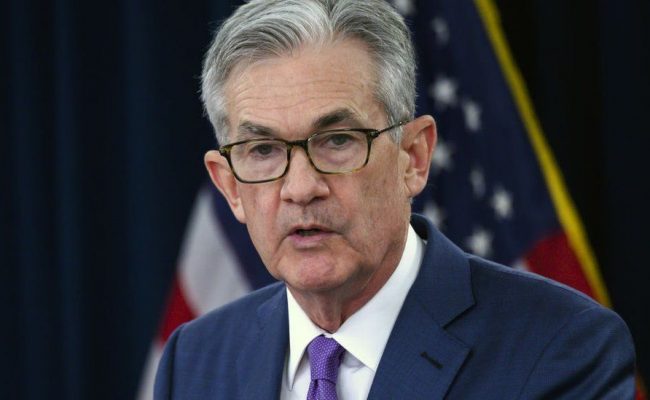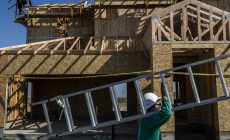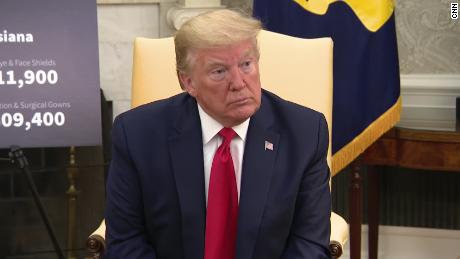US economy continues to strengthen despite Delta – Fed
- Posted on
- Comment

The US economy continues to strengthen, albeit at a slower rate because of the Delta variant of Covid, the US Federal Reserve has said.
The central bank said the jobs market was improving and that currently high rates of inflation remained transitory.
It said it may start reducing its emergency support for the economy “soon”, but did not say when.
Half of its policymakers also projected interest rates will need to rise in 2022 from current rock-bottom levels.
The US economy has rebounded strongly this year from its pandemic lows, but there are fears Delta will derail the recovery.
The country added fewer jobs than expected in August as rising infections hit spending on travel, tourism and hospitality.
Inflation, which measures the increase in the cost of living over time, is running at 5.3% – the highest in nearly 13 years. It comes amid surging consumer demand, rising energy prices, and supply chain-related shortages.
Despite this, the Federal Open Market Committee (FOMC), which sets US monetary policy, said overall indicators of economic activity “have continued to strengthen”.
“The sectors most adversely affected by the pandemic have improved in recent months, but the rise in Covid-19 cases has slowed their recovery,” it said.
“Inflation is elevated, largely reflecting transitory factors. Overall financial conditions remain accommodative, in part reflecting policy measures to support the economy and the flow of credit to US households and businesses.”
‘Broadly as expected’
The FOMC said the path of the economy still depended “on the course of the virus”. And it expects to keep monetary policy loose until more progress is made on stabilising unemployment – which stands at 5.2% – and consumer prices.
However, it said if progress continues “broadly as expected”, it may soon pare back its $120bn-a-month bond-buying programme which has helped keep borrowing rates low.
Analysts said the bank was taking a cautious approach, noting no formal date was set for pulling back support.
“While the Federal Reserve has laid the groundwork for an eventual taper [of asset purchases] later this year, the Fed erred on the side of caution given that the macroeconomic landscape has deteriorated somewhat over the last few months,” said Candice Bangsund, a portfolio manager at Fiera Capital.
“Preconditions for a formal taper announcement will largely depend on economic conditions over the coming months, with an emphasis on data dependence.”
Gurpreet Gill, a macro strategist at Goldman Sachs, said ongoing supply chain disruption, the spread of Delta and higher inflation still weighed on the minds of Fed committee members.
“Given uncertainty around the health of labour market and inflationary pressures, we would not be surprised if the ‘dot plot’ changes again in the coming months as the pace of the recovery and underlying inflation dynamics become clearer.”
The Fed has two goals. It aims to keep US inflation at about 2% and to achieve maximum employment, whereby everyone who needs a job has one.
During the pandemic it has supported the economy by slashing interest rates to historic lows and pumping billions of dollars into the financial system by buying government and corporate bonds.
-BBC









 (Selorm) |
(Selorm) |  (Nana Kwesi)
(Nana Kwesi)